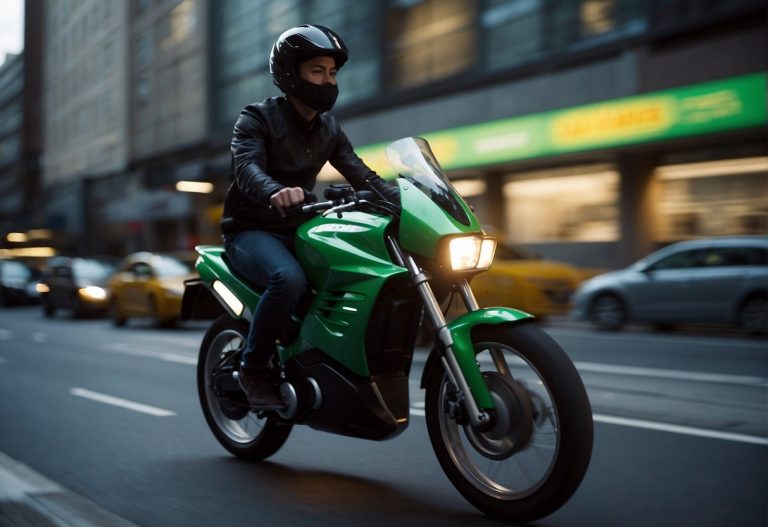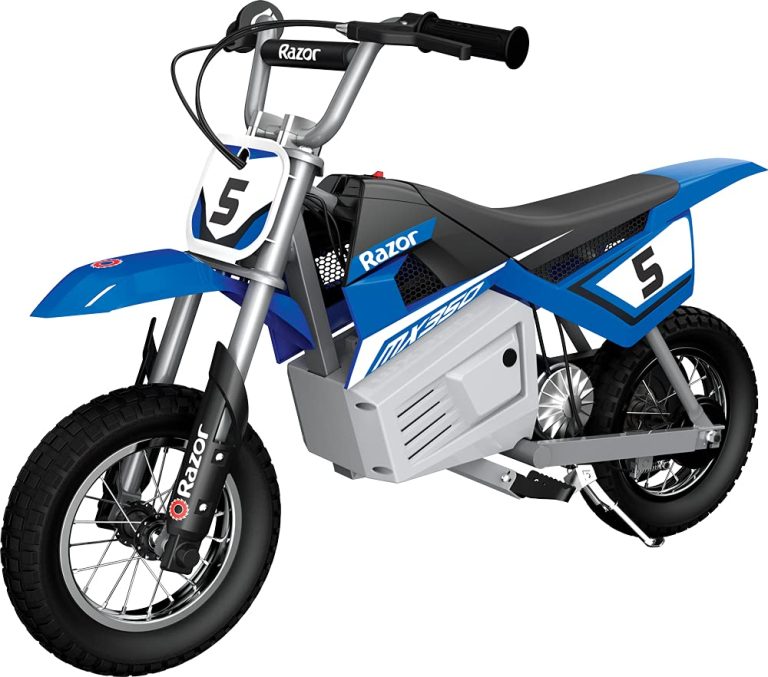How Do Electric Bikes Work: Understanding the Mechanics of E-Bikes
Electric bikes, commonly known as e-bikes, represent a significant evolution in cycling, merging traditional pedal power with the benefits of an electric motor. They operate by using a rechargeable battery to assist the rider’s pedaling, offering a boost in power and speed. This allows for a less strenuous experience, especially when tackling uphill climbs or longer distances.

The core components of an electric bicycle include the motor, battery, and a controller that modulates the power assistance. When a rider begins to pedal, sensors detect the movement and signal the motor to engage, thereby providing a smooth and controlled enhancement to the rider’s effort. The level of assistance can be adjusted according to a rider’s preference, allowing for a customizable riding experience, ranging from minimal assistance to a more substantial boost.
E-bikes have emerged as a popular choice for those looking to extend their cycling range without overexerting themselves. Ideal for daily commutes, recreational outings, or serving as an exercise tool with adjustable intensity, electric bicycles cater to a wide audience. Their popularity underscores the versatility and accessibility that these modern conveyances offer, presenting an appealing alternative for sustainable and efficient transportation.
Mechanics of Electric Bikes

Electric bikes combine traditional cycling mechanics with an electric motor system that includes a battery and controller. They offer riders the flexibility to choose the level of assistance they require from the electric motor.
Electric Motor Types
Electric bikes are typically equipped with one of two types of electric motors: the hub motor or the mid-drive motor. Hub motors are integrated into either the front or rear wheel hub and propel the bike by spinning the wheel. A rear hub motor is common as it provides a balanced ride. Mid-drive motors, located in the center of the bike near the bottom bracket, work with the bike’s gears to offer efficient performance, especially on hills.
Battery and Power
The battery is a critical component, providing power to the electric motor. Typically, these batteries are rechargeable lithium-ion, offering a blend of longevity and efficiency. The capacity of the battery, often measured in watt-hours (Wh), directly influences the bike’s range. More powerful batteries can extend the distance an electric bike can travel on a single charge. Charging times can vary, but most batteries will fully recharge between 3 to 6 hours.
Controller and Settings
The controller is the electric bike’s brain, managing the power delivery from the battery to the motor. Riders can adjust settings through the controller, determining how much assistance the motor provides. Some electric bikes come with torque sensors which intelligently adjust the motor’s output based on how hard the rider is pedaling. Others use a simple throttle mechanism, allowing the rider to control the motor’s power output manually. Controllers typically offer multiple modes and assist levels, which can be selected to suit different riding conditions and preferences.
Riding Dynamics

Electric bikes offer a unique combination of traditional cycling with an electric motor’s added boost. Understanding the riding dynamics of electric bikes is essential to grasp both their efficiency and pleasure.
Assistance Levels and Pedal Assist
Electric bikes come with multiple levels of assistance, enabling riders to adjust the energy output from the motor to suit their needs. Pedal Assist is a key feature where the motor provides additional power to complement the rider’s pedal power, resulting in less effort required to reach a certain speed or negotiate challenging terrain. Riders can usually choose from levels such as Eco, Tour, Sport, and Turbo, with Turbo providing the highest boost. These settings directly influence the bike’s range, as higher assistance levels drain the battery more quickly.
Bike Handling and Terrain
The handling of an electric bike can differ significantly from a non-assisted bicycle, mainly due to the extra components such as the motor and battery. Electric bikes tend to be heavier, which affects ride feel, particularly over various terrains. Riders must get accustomed to this heft and how it impacts maneuverability and stability. Properly adjusting to the bike’s handling characteristics is crucial for both comfort and safety while commuting or traversing different landscapes. Moreover, with the options available in pedal-assist modes, cyclists can tailor their cadence and effort to navigate through diverse riding conditions more effectively.
Performance and Efficiency

Electric bikes offer an efficient alternative to traditional bicycles, enhancing performance with the integration of electrical components. They balance energy expenditure from the battery with mechanical output, maximizing the bike’s efficiency.
Battery Life and Charging
An electric bike’s battery life is generally measured in watt-hours (Wh), which indicates the capacity of the battery to deliver a certain amount of power over a period of time. Batteries with higher Wh ratings can store more energy, thereby supporting longer rides or more powerful assistance.
Charging an electric bike’s battery typically involves removing it from the bike and connecting it to a standard electrical outlet. Charging time varies by battery capacity and charger output; a standard lithium-ion battery might take anywhere from 2 to 6 hours to recharge fully. Regular maintenance can ensure consistent battery performance and extend its overall lifespan.
Speed and Acceleration
The top speed of electric bikes is often capped by regulations, usually around 20 mph (32 km/h) for pedal-assist systems and 28 mph (45 km/h) for throttle-based systems. However, some e-bikes designed for off-road or private property use may offer higher top speeds.
Acceleration in electric bikes is impacted by the motor’s power output, expressed in watts. A higher wattage typically translates into greater acceleration capabilities. Riders can control their ride experience through the bike’s settings, adjusting the level of assistance to balance between manual pedaling effort and the motor’s power. Efficient use of motor assistance can contribute to a smoother commute and reduces the need for frequent battery charging.

